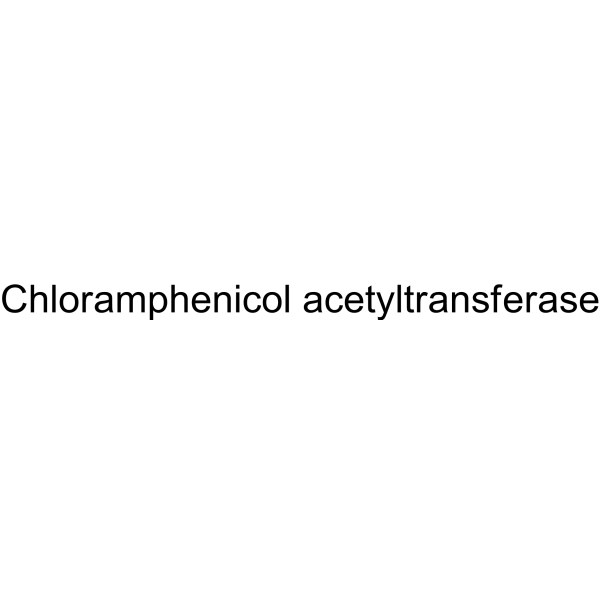Characterization of a cryptic plasmid pSM429 and its application for heterologous expression in psychrophilic Pseudoalteromonas.
Dian-Li Zhao, Zi-Chao Yu, Ping-Yi Li, Zhao-Yu Wu, Xiu-Lan Chen, Mei Shi, Yong Yu, Bo Chen, Bai-Cheng Zhou, Yu-Zhong Zhang
Index: Microb. Cell Fact. 10 , 30, (2011)
Full Text: HTML
Abstract
Pseudoalteromonas is an important genus widespread in marine environment, and a lot of psychrophilic Pseudoalteromonas strains thrive in deep sea and polar sea. By now, there are only a few genetic systems for Pseudoalteromonas reported and no commercial Pseudoalteromonas genetic system is available, which impedes the study of Pseudoalteromonas, especially for psychrophilic strains. The aim of this study is to develop a heterologous expression system for psychrophilic Pseudoalteromonas.A cryptic plasmid pSM429 isolated from psychrophilic Pseudoalteromonas sp. BSi20429 from the Arctic sea ice, was sequenced and characterized. The plasmid pSM429 is 3874 bp in length, with a G+C content of 28%. Four putative open reading frames (ORFs) were identified on pSM429. Based on homology, the ORF4 was predicted to encode a replication initiation (Rep) protein. A shuttle vector (Escherichia coli, Pseudoalteromonas), pWD, was constructed by ligating pSM429 and pUC19 and inserting a chloramphenicol acetyl transferase (CAT) cassette conferring chloramphenicol resistance. To determine the minimal replicon of pSM429 and to check the functionality of identified ORFs, various pWD derivatives were constructed. All derivatives except the two smallest ones were shown to allow replication in Pseudoalteromonas sp. SM20429, a plasmid-cured strain of Pseudoalteromonas sp. BSi20429, suggesting that the orf4 and its flanking intergenic regions are essential for plasmid replication. Although not essential, the sequence including some repeats between orf1 and orf2 plays important roles in segregational stability of the plasmid. With the aid of pWD-derived plasmid pWD2, the erythromycin resistance gene and the cd gene encoding the catalytic domain of a cold-adapted cellulase were successfully expressed in Pseudoalteromonas sp. SM20429.Plasmid pSM429 was isolated and characterized, and the regions essential for plasmid replication and stability were determined, helping the development of pSM429-based shuttle vectors. The shuttle vectors pWD and its derivatives could be used as cloning vectors for Pseudoalteromonas, offering new perspectives in the genetic manipulation of Pseudoalteromonas strains. With the aid of pWD-derived vector and its host, the erythromycin resistance gene and the cd gene of a cold-adapted protein were successfully expressed, indicating that the potential use of this system for recombinant protein production, especially for cold-adapted proteins.
Related Compounds
| Structure | Name/CAS No. | Molecular Formula | Articles |
|---|---|---|---|
 |
Chloramphenicol acetyltransferase
CAS:9040-07-7 |
C11H12Cl2N2O5 |
|
Improving cell-free protein synthesis through genome enginee...
2015-03-23 [ChemBioChem. 16(5) , 844-53, (2015)] |
|
The innate growth bistability and fitness landscapes of anti...
2013-11-29 [Science 342(6162) , 1237435, (2013)] |
|
Sigma factor RpoS controls alkylresorcinol synthesis through...
2013-04-01 [J. Bacteriol. 195(8) , 1834-44, (2013)] |
|
Selection of scFv phages specific for chloramphenicol acetyl...
2012-10-01 [J. Appl. Toxicol. 32(10) , 783-9, (2012)] |
|
Xer-cise in Helicobacter pylori: one-step transformation for...
2012-12-01 [Helicobacter 17(6) , 435-43, (2012)] |